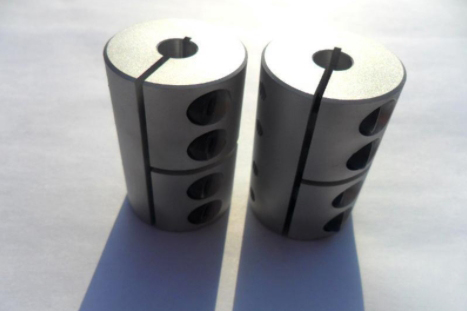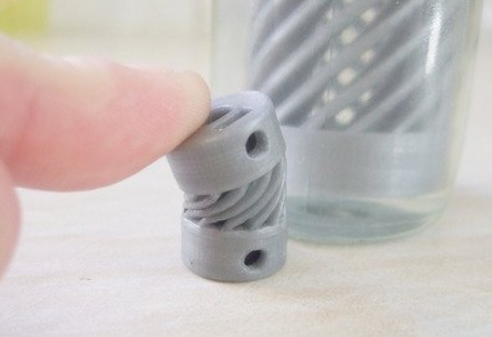FAQCommon Problem
Email: [email protected]
FAQ
Type and photo of coupling?
1. Couplings can be divided into two categories: rigid couplings and flexible couplings.
Rigid coupling: It does not have the professional ability to cache files and compensate for the objective deviation of the two axes. It requires harsh centering of the two axes. However, this type of coupling has a simple structure and low direct cost of production and processing.

Flexible coupling: It can be divided into non-elastic element flexible coupling and flexible element flexible coupling. The former type only has the professional ability to compensate the objective deviation of the two axes, but it cannot cache files for shock absorption. There are a wide range of slider couplings, gear couplings, universal couplings and chain couplings.

2. Coupling refers to the type of machinery and equipment that connects two shafts or shafts and rotating parts, and rotates together in the process of transmitting the driving force of sports and fitness. Generally speaking, it is not soft.Sometimes it is also used as this kind of safety device to prevent the connected parts from being subjected to excessive load, and has the function of overvoltage protection.
Expansion of raw materials:
According to different working conditions, the coupling needs to have the following characteristics:
1. Removability.The mobility of the coupling refers to the professional ability to compensate the objective deviation of two rotating concrete members.Factors such as production processing and installation errors between the connected concrete components, temperature changes in operation, and support deformations all clearly indicate requirements for mobility.
The movable feature compensates or relieves the additional load in the middle of shafts, roller bearings, couplings and other parts caused by the objective deviation between the rotating concrete components.
2. Cache file.For sites where the load is frequently started or the load changes during work, the coupling must have elastic elements that serve as buffer files and shock absorbers, so that the machine is less likely to suffer or not to be harmed during the maintenance of gear transmission.
3. Safety factor, reliability, sufficient tensile strength and service life.
4. Simple structure, convenient and quick installation and disassembly, maintenance and repair.
- What is a coupling?Let you understand the principle of coupling in one minute 2019-11-13
- What is the way to disassemble and install the coupling? 2019-10-20
- Type and photo of coupling? 2019-10-18
- How to make the coupling give full play to a stronger practical effect? 2019-10-05
- What are the raw materials for the transmission gear 2019-10-02
